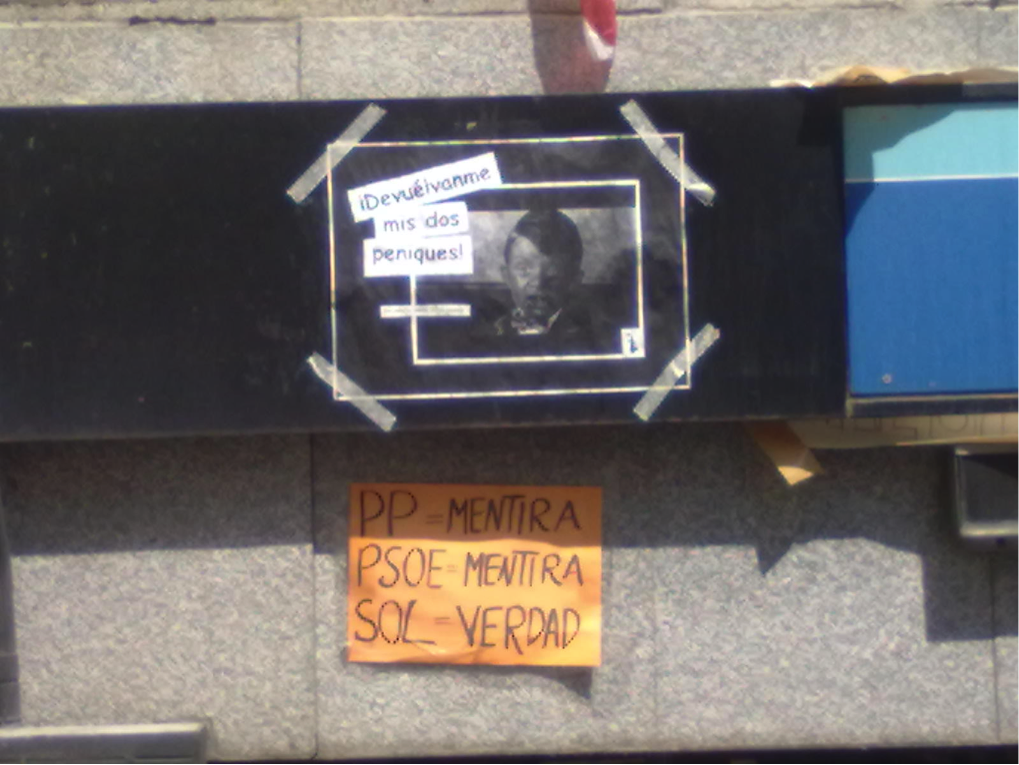This is the second installment of a monthly series showcasing innovative teaching practices in the Department of Hispanic Studies and the Department of Modern and Classical Languages.
This month we are featuring materials developed by Natasha César Suárez, a Ph.D. student in Hispanic Studies and instructor of Spanish at UH. She developed these lessons to be considered for inclusion in the “Foreign Languages & the Literary in the Everyday (FLLITE)” project supported by the Center for Open Education Resources & Language Learning at UT-Austin and the Center for Educational Resources in Culture, Language, and Literacy at the University of Arizona. FLLITE is an approach aimed at creating open educational resources (OER) focused on bridging the language/literature gap (still commonly found in university foreign language departments) through a focus on how “the literary” and “the everyday” interact in a variety of texts.
About the Materials
The materials described here were designed by Ms. César Suárez to complement the textbook in an intermediate Spanish as a Second Language course, but she has followed the principles of the FLLITE approach when creating materials for other levels as well. Her goal is to activate students’ intercultural competence, provide authentic language input, and encourage critical thinking and language production on universal topics, using texts that are not often found in traditional language textbooks. She accomplishes this by demystifying poetry and literature in the target language and encouraging students to exercise their subjectivity when interpreting texts (rather than relying on superficial correct/incorrect dichotomies). In this way, language is used holistically as a vehicle for understanding and communicating about culture.
Sample Activities
The lesson “Cuando yo sea mayor…” is part of Ms. César Suárez’ research on instructional materials for Spanish as Second/Foreign Language. She noticed a lack of poetry texts written by women in these materials, which motivated her to prepare a series of lessons on exceptional women poets in Latin America. First, students read the poem “Desafío a la vejez” by Gioconda Belli as well as a biography of the poet. Next, they do activities on the associations of the words juventud [youth] and vejez [old age], a cloze (fill-in-the-blank) exercise, and a reflective task where they are asked to express their thoughts and feelings about the poem. This is followed by activities focused on interpreting the language of the poem: both its meaning and its linguistic forms. Finally, students are asked to compare attitudes towards the elderly in the Hispanic world and their own country, and then to produce a creative text on how they envision their own old age.
Como ves, en la literatura se utiliza un lenguaje un poco especial, con la intención de impactar a quien lee. Por ejemplo, ¿cómo expresarías tú de forma más sencilla las siguientes frases del poema? Consulta el significado de las palabras desconocidas en el diccionario.
las arrugas como una delicada orografía
mis rodillas enmohecidas por el paso de muchos inviernos
mi corazón estará -rebelde- tictaqueando
las dudas y los anchos horizontes también saludarán mis mañanas
[As you can see, special language is used in literature in order to impact the reader. For example, how would you express the following phrases from the poem in a simpler way? Consult a dictionary to find the meanings of any unknown words.wrinkles like a delicate orography
my knees rusted by the passage of many winters
my heart -rebellious- will be tick-tocking
doubts and wide horizons too will greet my mornings]
Another lesson, “Cosas de ciudad,” is based on an image taken in Madrid in 2011 during the anti-austerity movement (also known as the 15-M Movement). Students are asked to imagine how to promote a social movement, not only through effective language use but also through social media and other tools. This image gives an example of an everyday text with literary features, and serves as a stimulus for students to explore recent sociopolitical events, to reflect on the use of Twitter hashtags and slogans, and to employ their creativity by inventing their own social movement (complete with appropriate hashtags and musical anthems!).
Learning Outcomes
Ms. César Suárez found that her students responded with enthusiasm to her innovative lessons; she suspects that students find working with authentic texts created for native speakers, rather than traditional pedagogical resources, highly motivating. Furthermore, they produced high-quality, relevant materials on topics such as women’s rights, animal rights, and human trafficking for the “Cosas de ciudad” lesson.





